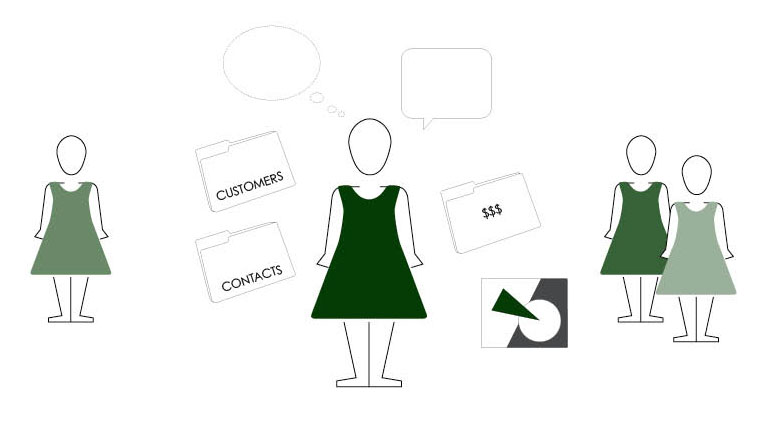5 steps to being a good designer
I was a social worker for a good five years before I entered the design profession. As a matter of fact, it was the use of visual communication as part of my work, that sparked my interest in design. We used photography to explore the impact of alcohol for young people; ran video workshops, through which we spoke about youth violence; created posters to inform the community about the many issues that were at the heart of our work. The use of visual communication tools became central to much of my work and so in the year 2000 I took the plunge and enrolled in a Bachelor of Design (Visual Communication) at UTS.
I wanted to be a ‘good’ designer. The problem was that I wasn’t entirely sure what this was exactly. Considering the context from which I have come from, it’s no surprise that social impact had to be present in whatever definition I came up with. It had to play a central role. The question of what it is to be a good designer has lingered beyond my studies and into my professional career. Personal projects undertaken during my university studies allowed me to explore this question on a personal level. I continued these explorations throughout my professional career and have been scouring books and various articles ever since to try to find the ‘5 easy steps’ to being a good designer.
Depending on where you look, a different answer surfaces. Is it about what you say or what you think? Is it your client list? The number of Non Government Organisations you work for? Or is it more generally about who you choose to work with – the ethics of your printer and the type of ink they use? Or maybe it’s the quality of your design work after all. Maybe it’s about how long lasting your design response is to a problem. And is it ok to earn good money as a good designer? Or are you expected to do a lot of pro-bono work?
Twelve years on from starting the degree, I haven’t come up with the answer. I have however realised that coming up with 5 easy steps isn’t going to happen either. I have now come to understand that trying to respond to this question with a set number of check box categories that can be ticked is flawed. Knowing what I don’t know has landed me here – at the start of a PhD. Through my studies I will have the opportunity to explore this topic further and hopefully end up with practical strategies that can support becoming a good designer.
I will use the next few entries to reflect upon past professional experiences and my perceptions of what it is to be a ‘good designer’. By doing this I hope to better understand how these experiences have shaped my thinking.
What does good design mean to you?
This entry was posted on Friday, January 20th, 2012 at 3:02 am. It is filed under Research Blog and tagged with Design education, Design profession, Good design, Personal reflection, Social impact. You can follow any responses to this entry through the RSS 2.0 feed.

Leave a Reply